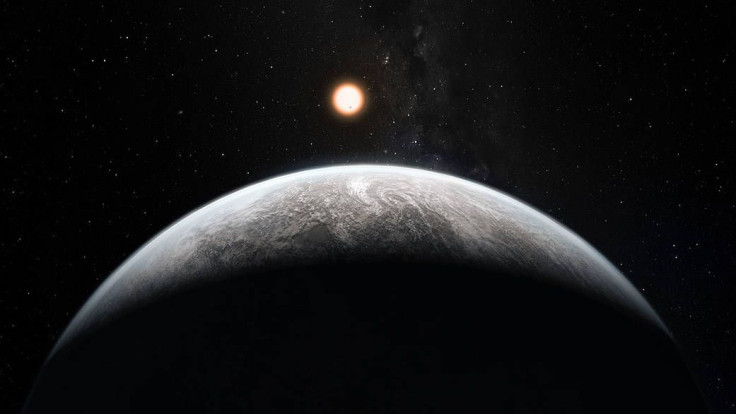NASA TESS Launch LiveStream: SpaceX Falcon 9 To Carry Revolutionary Planet-Hunting Satellite

UPDATE: 4:17 p.m. EDT -- SpaceX has postponed TESS launch owing to some issues related to the guidance, navigation and control systems of the Falcon 9 rocket. The company is now verifying the glitches and planning to launch the satellite on Wednesday. The launch window will open at 6:51 p.m. EDT.
Original story:
NASA is planning to launch a new planet-hunter, a Transiting Exoplanet Survey Satellite that’ll sit in an elliptical orbit and scour depths of our cosmos in search of worlds similar to our own.
The satellite, also dubbed TESS, will launch from Cape Canaveral Air Force Station, Florida, aboard a SpaceX Falcon 9 rocket. The lift-off window opens on Monday, 6:32 p.m. EDT, soon after which the payload will be positioned in orbit.
Once deployed, TESS will observe stars in our solar neighborhood to find potential exoplanet candidates. Though Kepler Space Telescope has been doing the same job for years, the new satellite will advance its work and look for Earth-like planetary bodies orbiting some 200,000 brightest stars close to our sun.
The satellite will look for transits or occasional light-blocking events that result due to the presence of a planet orbiting a star, according to a statement from NASA. Scientists at the space agency expect TESS to add hundreds of Earth-sized and super-Earth-sized planets into the existing catalog of exoplanets and bolster our search for life beyond Earth.
That said, it is worth noting TESS won’t find life on any of these worlds. The satellite will only hunt potential exoplanet candidates, some of which could be those sitting in the habitable zone or at the right distance from their host star to host necessary conditions to support life. Then, on regular intervals, the data on the identified planets will be transmitted back to Earth, which astronomers can use for follow-up studies.
"Kepler is what made us become aware that planets are as common as telephone poles," SETI Institute astronomer Seth Shostak told Space.com. "But the stars that Kepler was staring at for four years … they were all somewhere between 500 and 1,500 light-years away.”
This meant a hard time for the astronomers studying the identified planet.
However, TESS will observe stars 30 to 100 times brighter than those observed by the Kepler mission and enable efficient follow-up studies. Once the planet has been identified, scientists will be able to take a close look from ground-based telescopes to confirm the discovery and determine how big the planet really is, what is the composition of its atmosphere and if it is a rocky or a gas giant, among many other things.
Even in terms of sky-area coverage, TESS goes way beyond Kepler. It will divide the sky into 26 different sectors and monitor each for at least 27 days in order to cover the complete zone. This, as NASA said, will be 400 times larger than what Kepler observed.
NASA TV and SpaceX both will be live streaming the launch of the satellite. The webcast is slated to begin at 6:00 p.m. EDT.
© Copyright IBTimes 2024. All rights reserved.





















